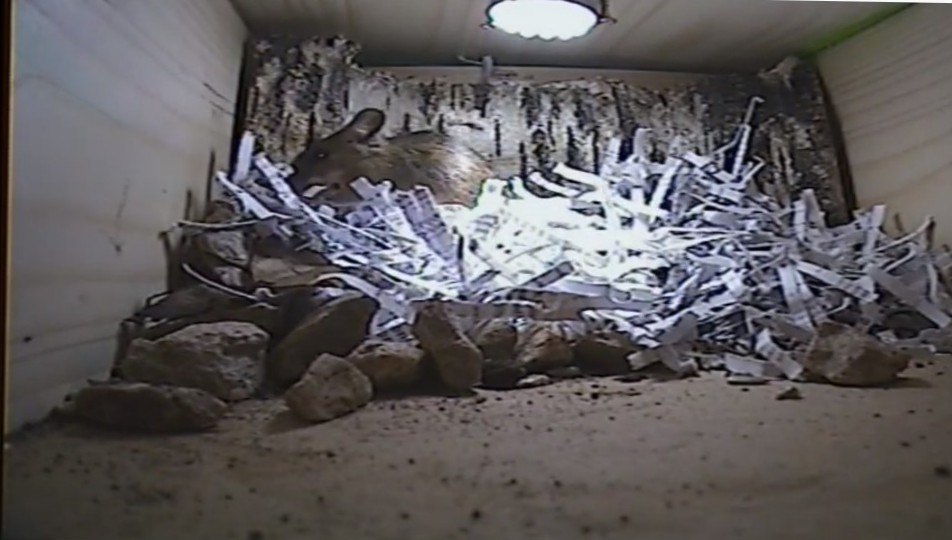
A question that we are commonly asked by customers is:
> How do you know whether there are more than one mouse in a building?
And the answer is very simple:
> There is NEVER just one mouse in a building.
Having just ONE mouse in a building happens in less than 1% of cases, and we'd like to bet a lot of money on the fact that you're not going to be one of that lucky 1%.
Mice reproduce at a staggering rate, and they also come as a group. One group in a residential property will usually consist of one male, a bunch of females, and then their offspring. In areas of high rodent populations, such as busy towns and bustling cities, you can have several groups of mice in one building alone — the sons venturing off to start groups of their own, perhaps in another wall cavity or on another level of your home.
The average female house mouse — the most common mouse you'll find in residential buildings — can have as many as 8 to 10 litters in one year. Each of these litters can contain as many as 16 young mouse pups. Each of those mouse pups then becomes sexually active at just a couple of months old (8 to 12 weeks), and start families and groups of their own. It is considered less common for mice to perform incest — breeding with its own siblings or other relatives — than rats, but it is still quite common for house mice to breed with blood relatives. If just one litter of mice pups start reproducing with each other, without forming their own social groups with new males to mate with, you will very soon have an incredibly large problem on your hands. One single female mouse can have 120 mouse pups in a year, sometimes more, from the moment she reaches eight weeks of age, and up until the point at which she dies, which is usually at a maximum of two to three years of age in good conditions.
Go back to the mousecontrol.org home page.